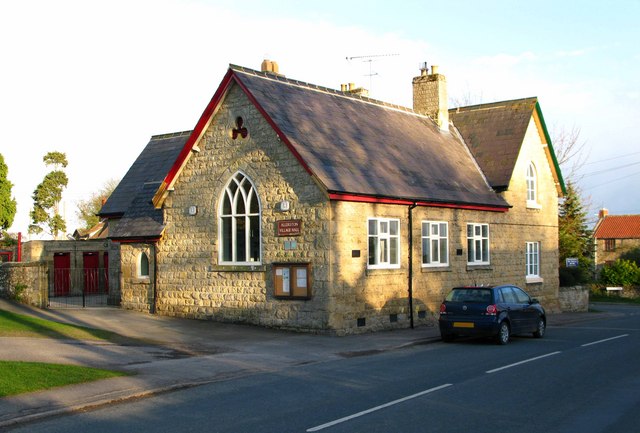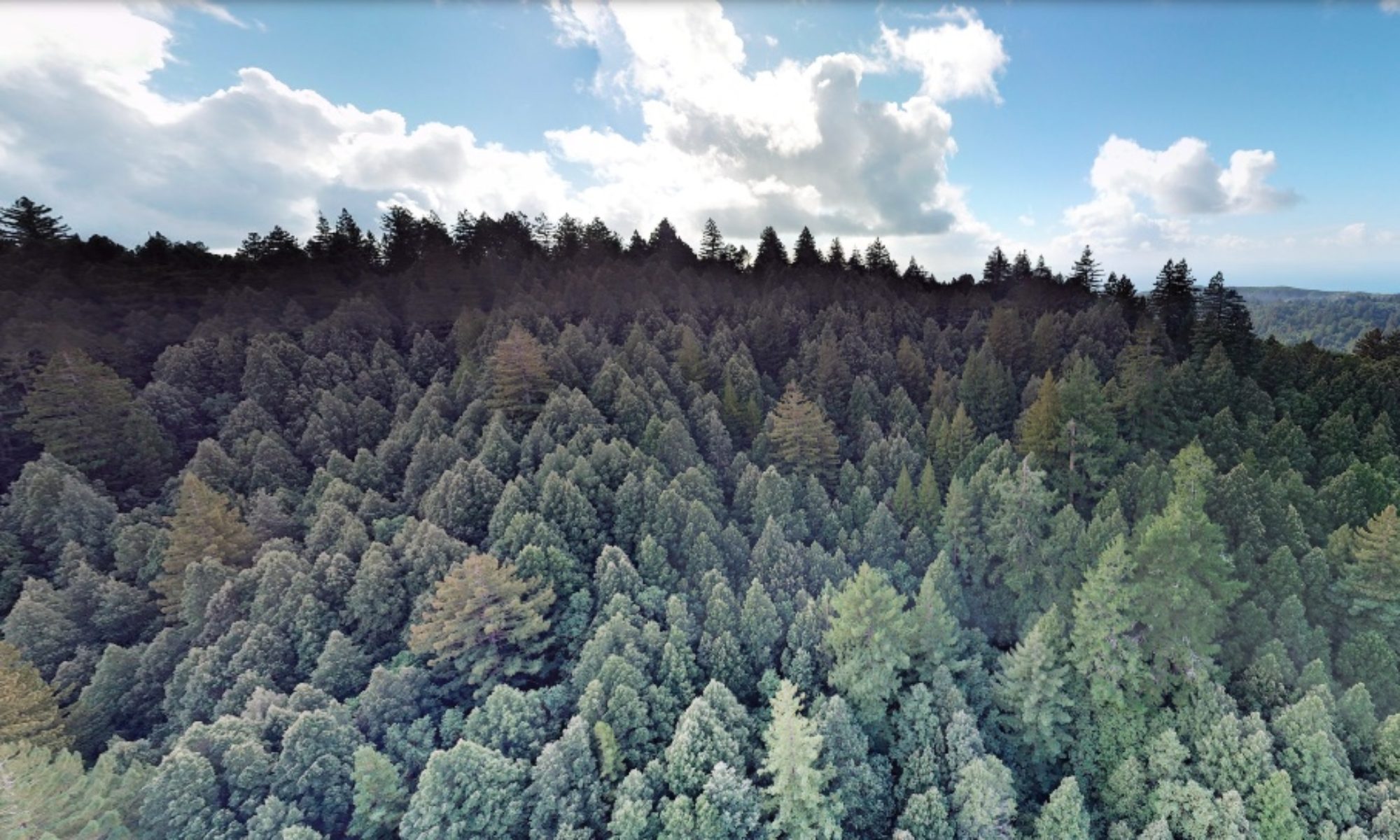Back in the 1950s when less than 30% of travel was by car, van or taxi, children would mostly either walk to school or travel by bus. My mother recalls travelling by “trolley bus” – a kind of electric bus for urban areas. But that trend has dramatically declined over the past 70 years, and in the last 20 years the number of children travelling to school by car has doubled. The dramatic rise of the car has created traffic and air pollution problems across the world, and in the UK school traffic now accounts for around a fifth of all traffic.
Many factors feed into the rise of the car for the “school run”, but we have reached a point where action must be taken to improve air quality for all and to reduce further planetary warming. Bristol recently hit the headlines over the lethal nature of poor air quality – 5 deaths a week are said to be caused by air pollution.
Road accidents are one of the reasons parents cite for using the car for the school run. Even though the number of fatalities from road accidents has declined in the past half century, road accidents remain the biggest killer of children and young adults aged 5-29.
One obvious way to improve road safety is to introduce more traffic calming measures and better road crossings. A German town did just that. Enlisting the help of school children, the roads around the school were redesigned with colourful signage suitable for their age group.

If more children walked to school, not only would the air quality start to improve for all pedestrians, but there are benefits for the children, both mental and physical. Walking to school allows kids time for social interaction and would help combat child obesity, now affecting one in 5 children in the UK.
But a kind of chicken and egg situation has arisen. The worry about road safety from cars, as well as the poor air quality in some towns, is making it less likely that parents will want their children to walk to school, and more thus more likely to continue with private car transport – adding to the air pollution and traffic problem.
Of course not every child lives close enough to walk. Some live too far away, or simply do not have access to adequate public transportation. Across Britain, village schools have closed due to population decline and funding issues, with conglomerates taking their place. The story of rural decline is a trend that has also seen hundreds of village shops close. To make matters worse, the number of bus routes have reduced by around 60% since 1950s, and the last decade has seen 3,000 routes axed or reduced. Investment in public transport has been focused on the big cities, leaving rural areas much more isolated.

A further factor influencing the way in which children travel to school is parents’ choice of school. The Ofsted evaluation system of “outstanding” “good” or “requires improvement” (following obligatory school inspections), often funnels parents towards selecting the highest ranked schools, rather than the closest ones.
The climate crisis has thrown into the spotlight the problem with our current system. Not only are some routes too unsafe to walk (like A roads), but even within towns the roads are lacking sufficient traffic calming measures and signage to make roads safe for children. And the drastic decline of bus transport since the 1950s has further reduced parents’ options.
The climate movement is increasingly looking to the past for answers to live more sustainably – from beeswax wraps to repair cafes to staycations. With some investment in roads and transport, could we be done with the school run?

Related links:
https://www.kcl.ac.uk/news/children-exposed-to-five-times-more-air-pollution-on-school-run
https://www.bbc.com/news/uk-england-42749973

